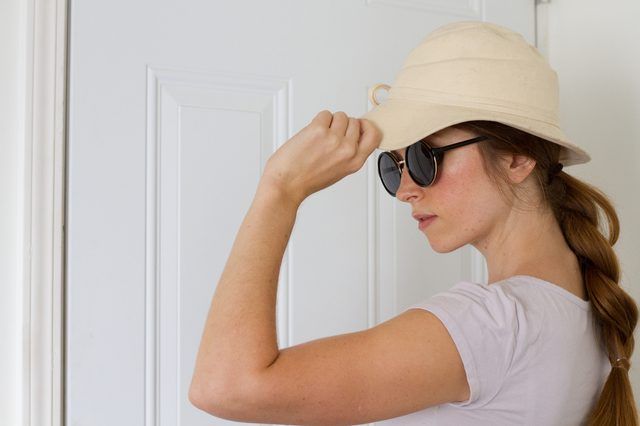Bulbs
Flower Basics
Flower Beds & Specialty Gardens
Flower Garden
Garden Furniture
Garden Gnomes
Garden Seeds
Garden Sheds
Garden Statues
Garden Tools & Supplies
Gardening Basics
Green & Organic
Groundcovers & Vines
Growing Annuals
Growing Basil
Growing Beans
Growing Berries
Growing Blueberries
Growing Cactus
Growing Corn
Growing Cotton
Growing Edibles
Growing Flowers
Growing Garlic
Growing Grapes
Growing Grass
Growing Herbs
Growing Jasmine
Growing Mint
Growing Mushrooms
Orchids
Growing Peanuts
Growing Perennials
Growing Plants
Growing Rosemary
Growing Roses
Growing Strawberries
Growing Sunflowers
Growing Thyme
Growing Tomatoes
Growing Tulips
Growing Vegetables
Herb Basics
Herb Garden
Indoor Growing
Landscaping Basics
Landscaping Patios
Landscaping Plants
Landscaping Shrubs
Landscaping Trees
Landscaping Walks & Pathways
Lawn Basics
Lawn Maintenance
Lawn Mowers
Lawn Ornaments
Lawn Planting
Lawn Tools
Outdoor Growing
Overall Landscape Planning
Pests, Weeds & Problems
Plant Basics
Rock Garden
Rose Garden
Shrubs
Soil
Specialty Gardens
Trees
Vegetable Garden
Yard Maintenance
How to Get Rid of NoSeeUms
How to Get Rid of NoSeeUms. No-see-ums (Culicoides) are minute flies barely visible to the eye. Also known as punkies, biting midges or 5-0s -- for their propensity to come out around 5 p.m. -- they make their presence known with painful bites. If you enjoy spending time outdoors in the summertime, you may have encountered no-see-ums. Learning how...
No-see-ums (Culicoides) are minute flies barely visible to the eye. Also known as punkies, biting midges or 5-0s -- for their propensity to come out around 5 p.m. -- they make their presence known with painful bites. If you enjoy spending time outdoors in the summertime, you may have encountered no-see-ums. Learning how to repel them and keep them away can help you enjoy gardening or relaxing outside without the pesky insects.
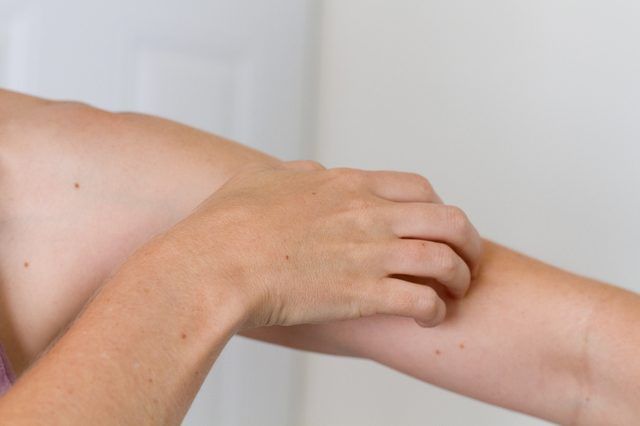
Adult no-see-ums are about 1/16 inch long and look like a smaller version of the mosquito. They commonly breed along the edges of moist areas, such as ponds, marshes or areas of standing water in your yard. The eggs are laid in the soil and hatch into wormlike larvae in about three days. As larvae, they feed on organic matter in a state of decomposition before pupating. Once they become adults, they are busy feeding and mating.
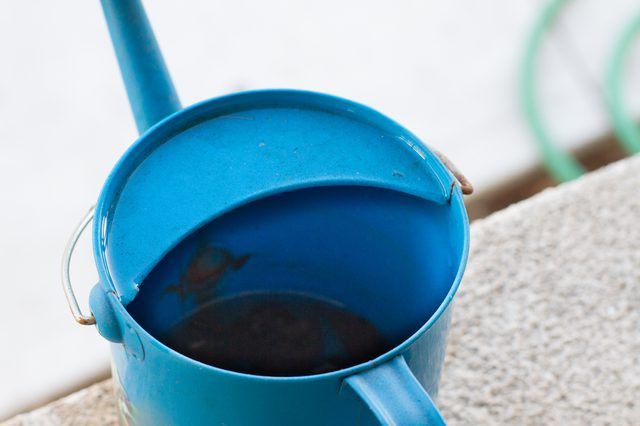
No-see-ums bite to feed on your blood, which serves the mass rearing of young insects. Despite their tiny size, these insects deliver a painful bite that results in a red welt or bump about 1/8 inch in size. Bites can also develop into water-filled blisters. As you scratch the itchy-feeling bites, they can open and bleed. Even at this point, the itching continues. Over-the-counter topical cortisone cream and anti-inflammatory medicine can help relieve itching and swelling to help you avoid scratching the bites open.
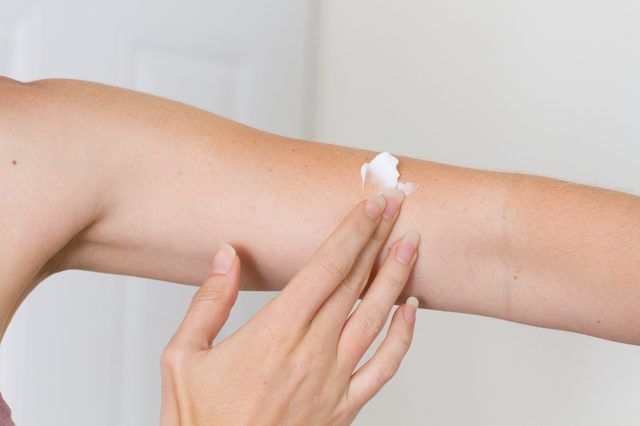
Standing water on your property can increase the presence of no-see-ums in your yard. Drain and rinse out birdbaths daily, and fill in any holes or ruts in the yard that encourage standing water. Applications of insecticides provide little relief. They may help reduce the adult population but, because the life cycle is so short, you must use them regularly. To keep no-see-ums from entering your home, make sure your door and window screens are smaller than a 16-mesh.
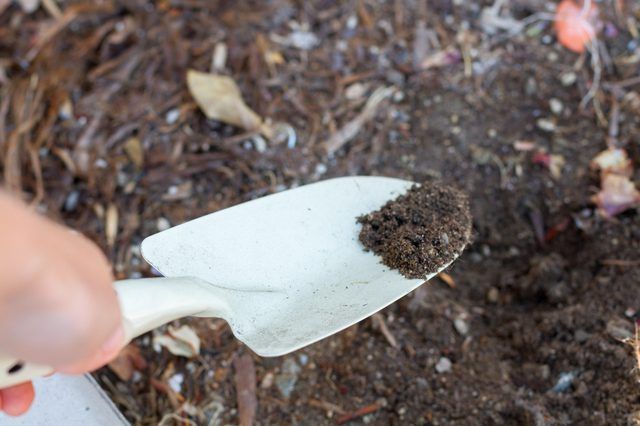
Prevention is one of the most effective methods for dealing with no-see-ums. During their most active times in early morning and evening, wear light-colored clothing that covers your body, footwear that covers your feet, and a hat. Apply an insect repellent that contains DEET to your clothing and exposed skin, or wear netting for protection. When sitting on your patio or deck, an overhead fan or oscillating fan helps keep no-see-ums away from the area.
